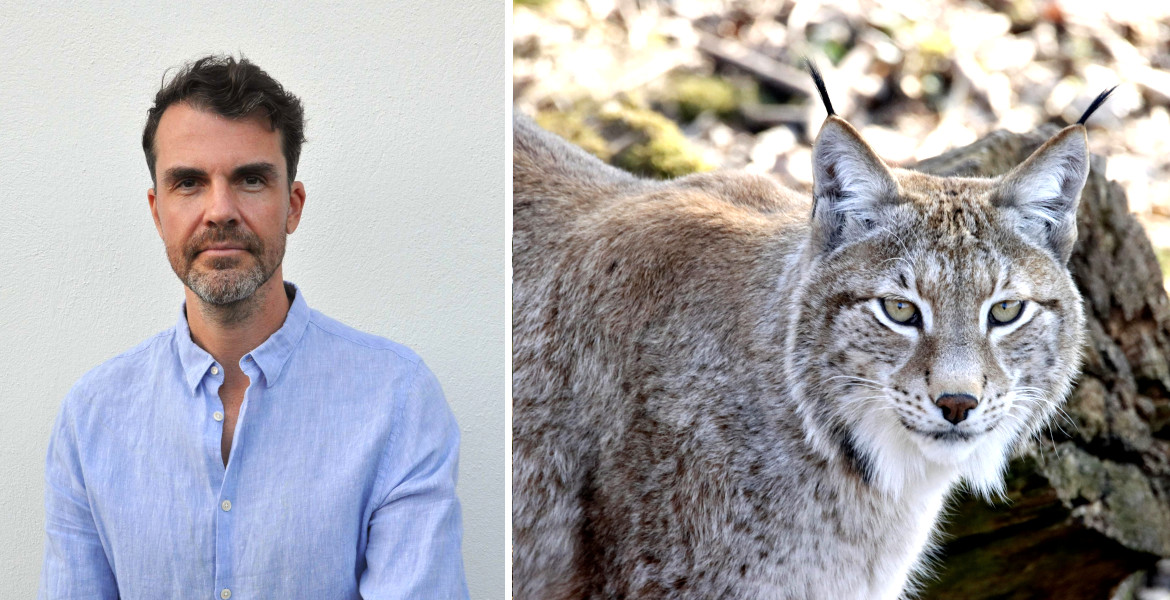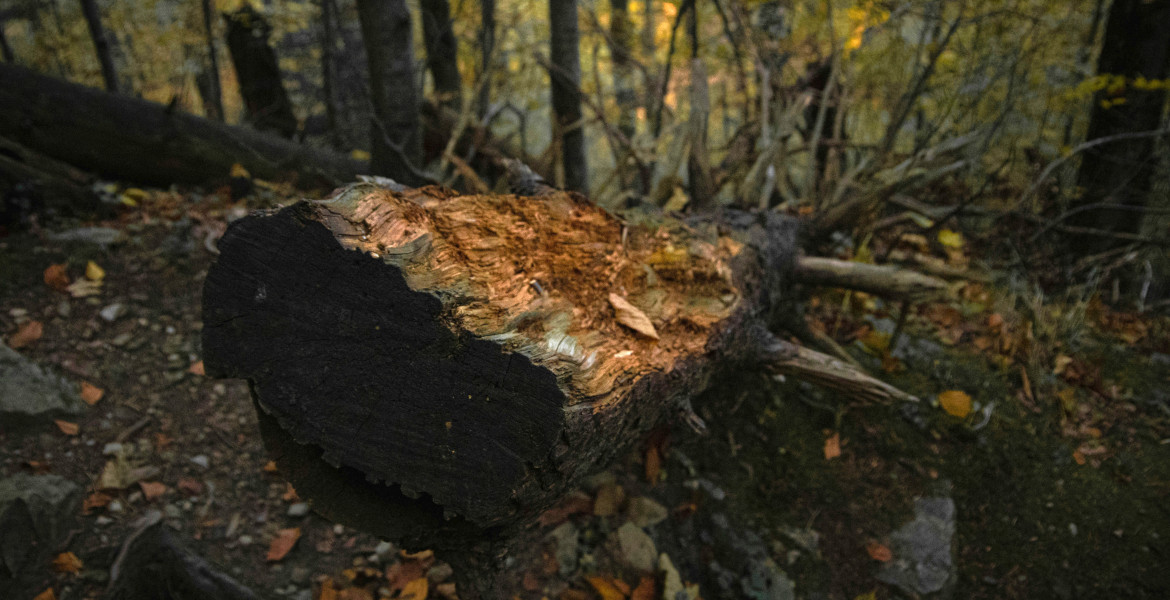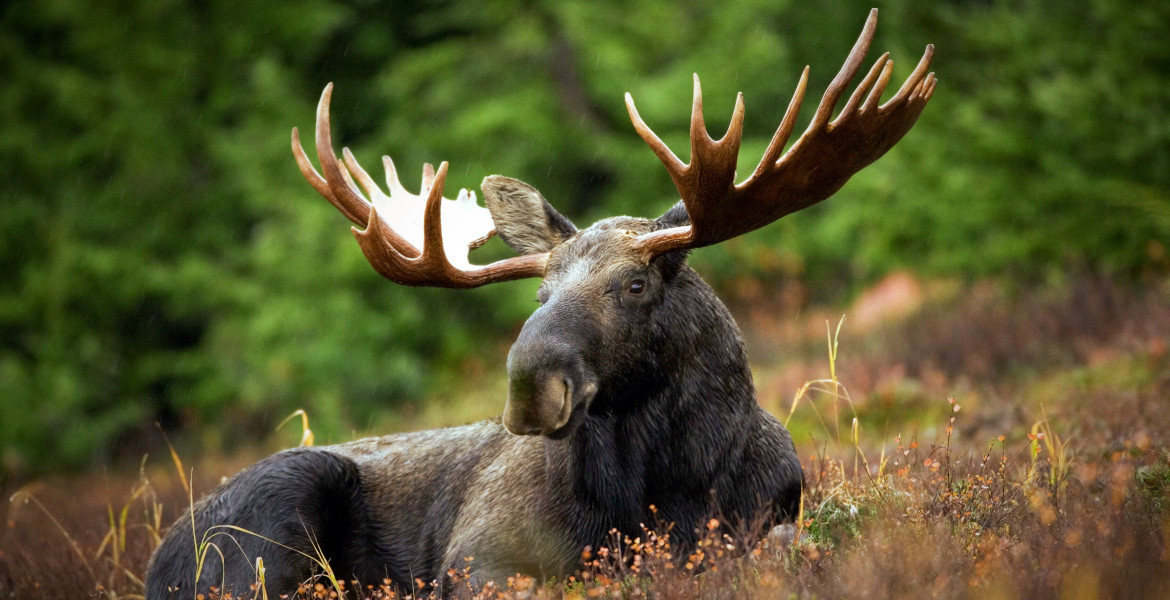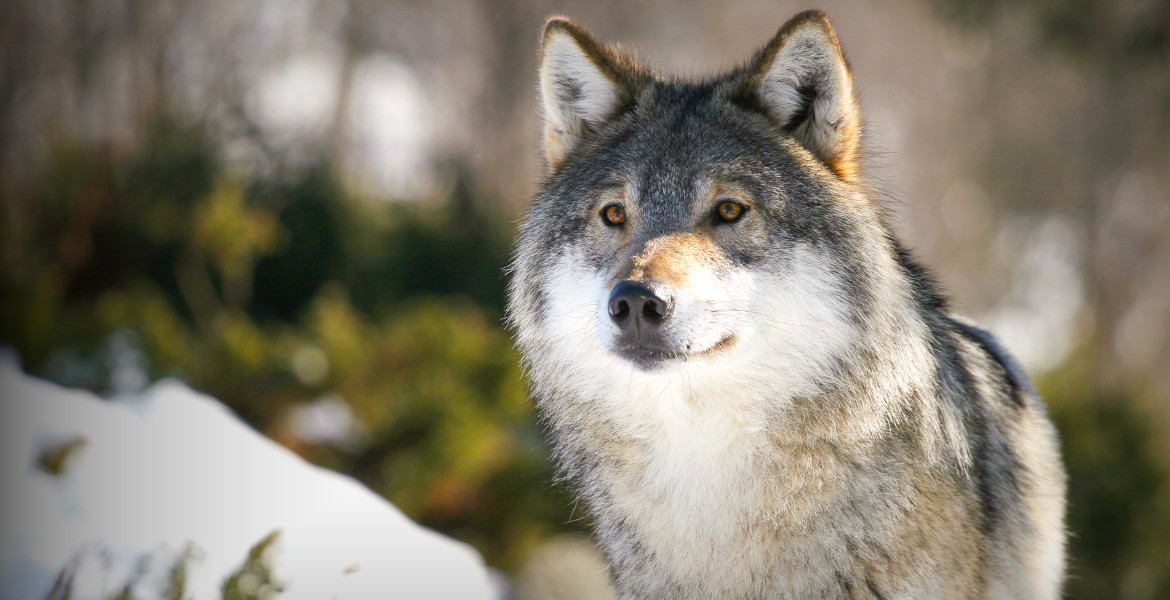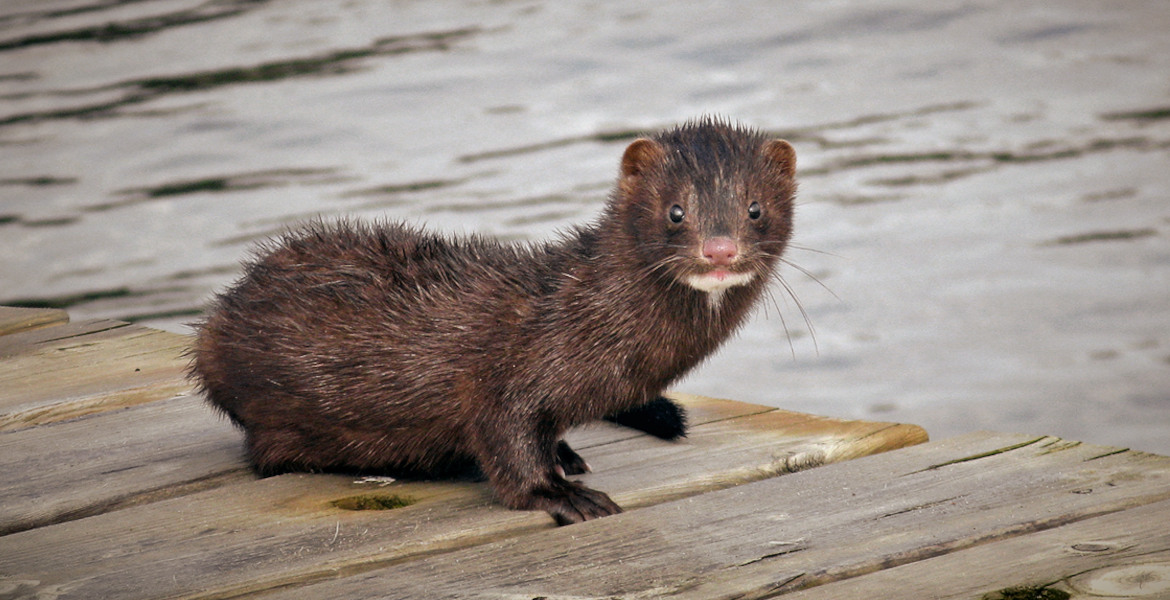While most Swedes were recovering after their New Year’s celebration, a few hundred were instead preparing for an adventure. On dark parking lots around five wolf territories, masked men in snow-white camouflage were adjusting silencers on their rifles and baiting their specially bred hunting dogs for a pursuit of a lifetime. The second day of the year bore promises of skins and furs from an endangered species, namely the Swedish wolf. Around 4,000 hunters had submitted interest in being chosen for killing one of the 30 wolves, out of which almost 400 were foreign trophy hunters. In the end, 25 wolves were killed, while the remaining five were not present in their territory. The only feasible explanation is illegal hunting, meaning that they had already been shot, but without permission.
The barrels had barely gotten cold before it was time for another next fauna execution. In February, practice is yearly allowed on the iconic lynx, where loose dogs are set loose in order to train the pursuers to find the mysterious cat. The practice is called “treeing” since the lynx has developed a defence against larger carnivores where it most aptly finds refuge in a tree. Unfortunately, this protection does not help against humans, whose rifles easily end the felines lives, after which they fall from the tree. The real hunt started on the first of March, and during the last two years, over 350 lynxes (roughly 13 percent yearly of the endangered population) have been shot to death, with over ten thousand hunters filing for the exclusive right to kill a lynx.
This “right” is delegated by the Swedish Environment Protection Agency to the counties to issue, and it is called “licensed hunting” or simply, culling. Most experts on European law agree that these practices violate the EU’s Habitats Directive since both the lynx and the wolf (as well as the bear and the wolverine, who are both also hunted yearly) are protected animals. Sweden has been under supervision by the EU for an infringement case in 2010 concerning the wolf hunt and this year a new submission will be opened because of the lynx culling.
Swedes are generally eager in shaming trophy hunters that go abroad to kill rhinos and other endangered animals and return with interior design items fashioned from the remains of their kills. Nor does the Swedish public brace itself in antipathy for killers of large African cats such as Cecil the lion. But when it comes to the rare cats in their own forests, such as the endangered lynx, the trophy hunt is met with surprisingly dispassionate reactions from the general public.
Just like African trophy hunters create myths like the ones that trophy hunting helps preserve species, boosts local economies, and is directed towards older individuals (all of which are scientifically inaccurate according to a large number of studies), Nordic trophy hunters have created their own fallacies to pawn in order to sway less knowledgeable politicians and civilians. Here, a myth has been fabricated that licensed hunting reduces illegal hunting, after a paper’s result was distorted by the hunting interest.
Several international studies, as well as a Swedish study, point in the direct opposite, and this is hardly surprising—if the authorities themselves allow the killing of wolves, how wrong can it be if private citizens take matters into their own hands? Since only three people have been convicted for illegal wolf killing in over ten years in Sweden, while hundreds of wolves have gone “missing”, the reward seems to outweigh the risk for certain individuals.
The propagators of these cullings, namely the two large hunting organisations, are receiving millions of governmental funds yearly. Meanwhile, nature protection organisations survive on scraps, and their funding is being cut by half this year. All this despite the fact that we are in the middle of a species crisis where 73 percent of global wildlife populations have disappeared in the last 50 years, according to WWF’s Living Planet Report.
In Sweden, red-listed species among mammals and birds have increased 50 percent in only twenty years. While the four large carnivores are on the Swedish red list, as well as 131 other species, one would expect the government to issue resolute action.
Instead, the authorities do all they can to enable the trophy hunt. It reaches such extents that they do not only allow the shooters to keep the furs of the killed red-listed animals, but the Swedish Veterinary Agency offers all the shooters the service of boiling and preparing the skull to keep as a keepsake for a symbolic cost.
Meanwhile, it is becoming a sore pill to swallow for most Swedish citizens, seeing how the country with one hand portrays itself as a nature-preserving country and with the other hand literally sells out the country’s biodiversity, encouraging trophy hunting of endangered animals.
Misha Istratov, entrepreneur, wildlife ambassador and writer
About the commentator
Misha Istratov is the CEO of Elithus and an independent commentator on sustainability in general, specializing in wildlife management.
